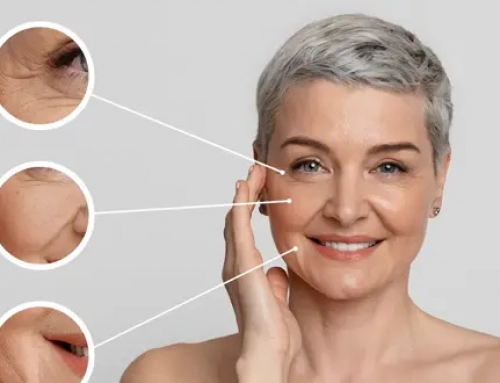 Why does the skin sag after weight loss and which cosmetic procedures can treat skin laxity ? Here are the answers to those questions. If you want to schedule an arm lift, thigh lift or a tummy tuck surgery in Tunisia with a trusted and experienced surgeon, get in touch with Dr.Balti by filling in the contact page’s form.
Why does the skin sag after weight loss and which cosmetic procedures can treat skin laxity ? Here are the answers to those questions. If you want to schedule an arm lift, thigh lift or a tummy tuck surgery in Tunisia with a trusted and experienced surgeon, get in touch with Dr.Balti by filling in the contact page’s form.
About the skin
Skin has several functions : protection, thermoregulation and storage among others. It is also the largest organ in the human body, with an average weight of 3.5 kg for an adult and covering nearly 2 square meters. Skin is a surprisingly accurate indicator of health. As a first line of defense of the body, skin is susceptible to external aggressions, but internal changes can also be detrimental and modify its appearance.
Weight loss and weight gain
We often talk about how weight loss causes skin sagging, but in reality, weight loss alone usually doesn’t cause significant skin laxity. The magnitude of the weight fluctuation is in fact the deciding factor here. The skin has elastic properties allowing it to retract or expand as weight fluctuates. Therefore, the skin of an individual with an average weight losing weight will most likely shrink to accommodate a slimmer figure. However, when an overweight individual loses weight, weight loss is more significant on average and above all, the skin has already exhausted its elastic capacities to accommodate that individual’s excess weight. This is why obese patients going through extreme weight loss following bariatric surgery are left with sagging excess skin.
What can cosmetic surgery do about it ?
Surgical skin excess removal is the only way to address this problem
Lifting techniques, namely the arm and thigh lift, can remove excess skin in the arms and thighs. These procedures work by excising excess skin and suturing the incision with normal skin tension. Another procedure often performed in the framework of post bariatric body contouring is the tummy tuck, which takes care of excess skin in the abdominal region.





